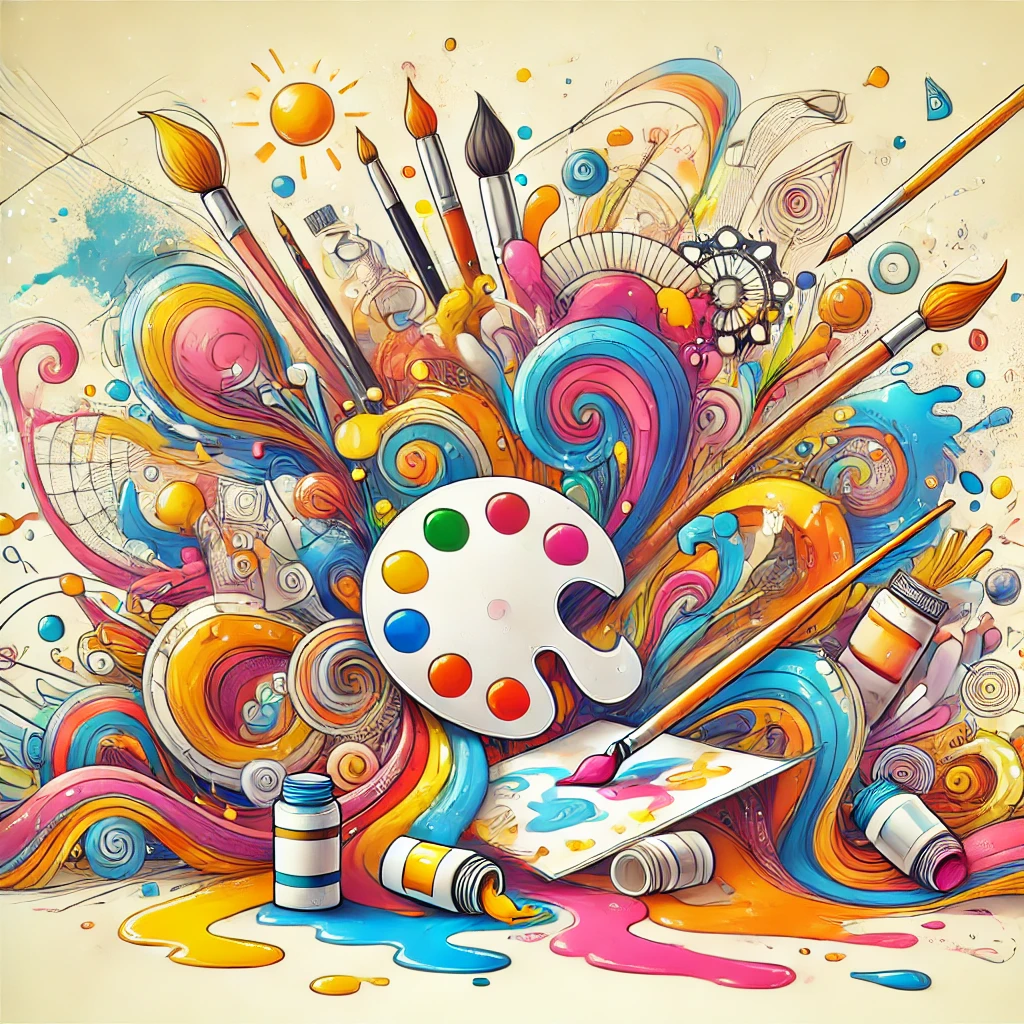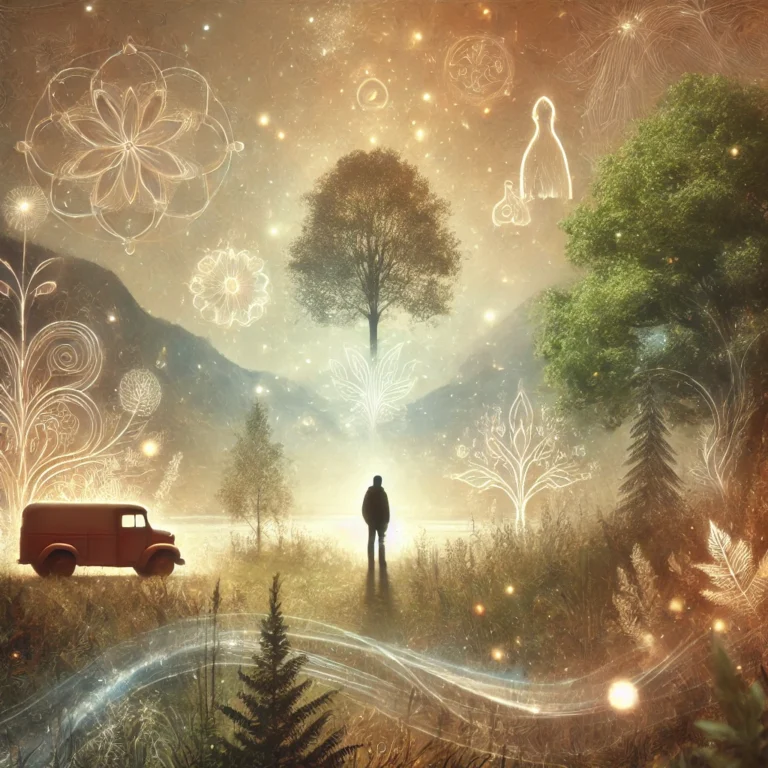The power of art beyond the museum: Embracing creative process

One of my favorite art quotes comes from the philosopher Herbert Marcuse. In The Aesthetic Dimension, he writes:
“Art breaks open a dimension inaccessible to other experience, a dimension in which human beings, nature, and things no longer stand under the established reality principle…The encounter with the truth of art happens in the estranging language and images which make perceptible, visible, and audible that which is no longer, or not yet, perceived, said, and heard in everyday life.”
Wow. What a quote. It never fails to impress people when I repeat it, but it also deeply resonates with me. Art truly opens up another dimension—a world beyond the one we inhabit every day. It’s not just about the finished product; it’s about something bigger.
Beyond the Plexiglass
While I appreciate the masterpieces in museums, my personal relationship with art doesn’t often come alive in those spaces. Museums can feel sterile, with art locked away behind bullet-proof plexiglass. Instead of feeling inspired, I often leave museums feeling like Peter London did in his book, No More Secondhand Art.
London describes walking through an exhibit of some of the greatest artists of the 20th century and leaving drained. He writes:
“We…came away quiet and joyless, as if life had been somehow drained from us. Why?…There was no vitality here, no direct engagement with life, with its mind- and soul-slamming mysteries…It was secondhand art.”
His words struck a chord with me. True art, in its rawest form, is about vitality and connection. It’s not confined by frames or cases. It’s alive and messy, full of the mind- and soul-slamming mysteries he describes.
The Beauty of Process
In my own creative process classes, I often have students ask to see my “art.” And while I might one day have something tangible to show, right now, I’m captivated by the process itself.
The process of creating is alive—it’s juicy, messy, and unpredictable. It invites us into the immense, dark space of the unknown. When we engage with the process, we connect to that deeper, estranging dimension Marcuse speaks of. It’s not about a perfectly polished product; it’s about diving into the creative flow, the uncharted territory where ideas, emotions, and experiences merge.
Art as Empowerment
Peter London reminds us that the original purpose of art was to empower and connect us—both personally and collectively. It was about growth, communion, and exploring what lies beyond this world. Art was never meant to be locked away behind glass or detached from everyday life.
When we embrace the creative process, we rediscover the vitality and magic of art. We’re not just observers; we’re participants, fully immersed in that aesthetic space where anything feels possible.
So maybe it’s not about producing a masterpiece to hang on a wall. Maybe it’s about letting ourselves get messy, exploring the unknown, and finding meaning in the process.





